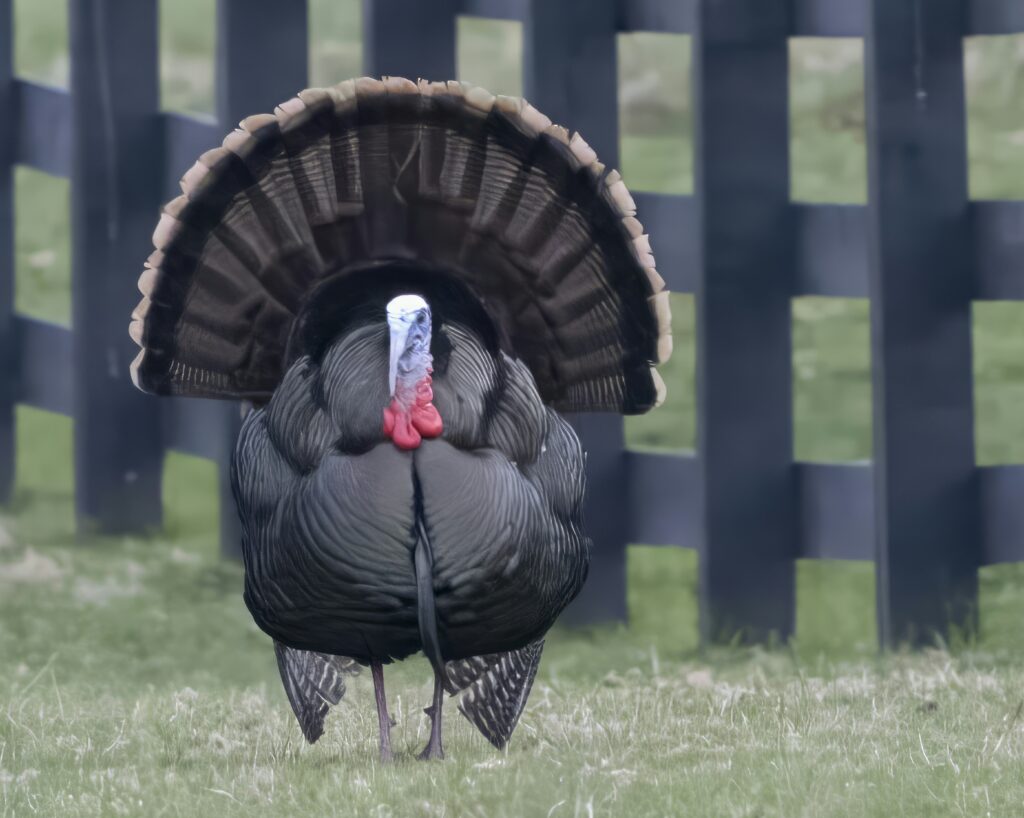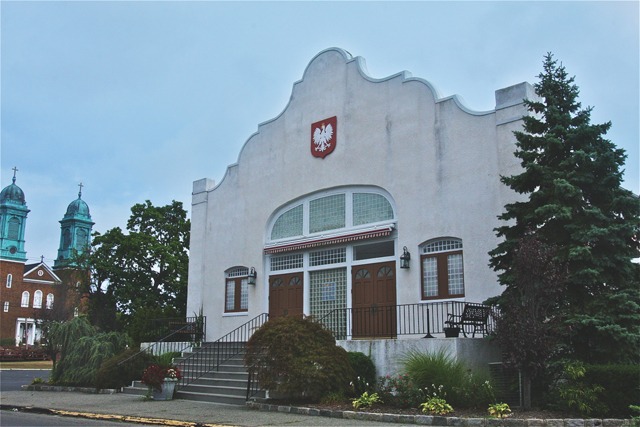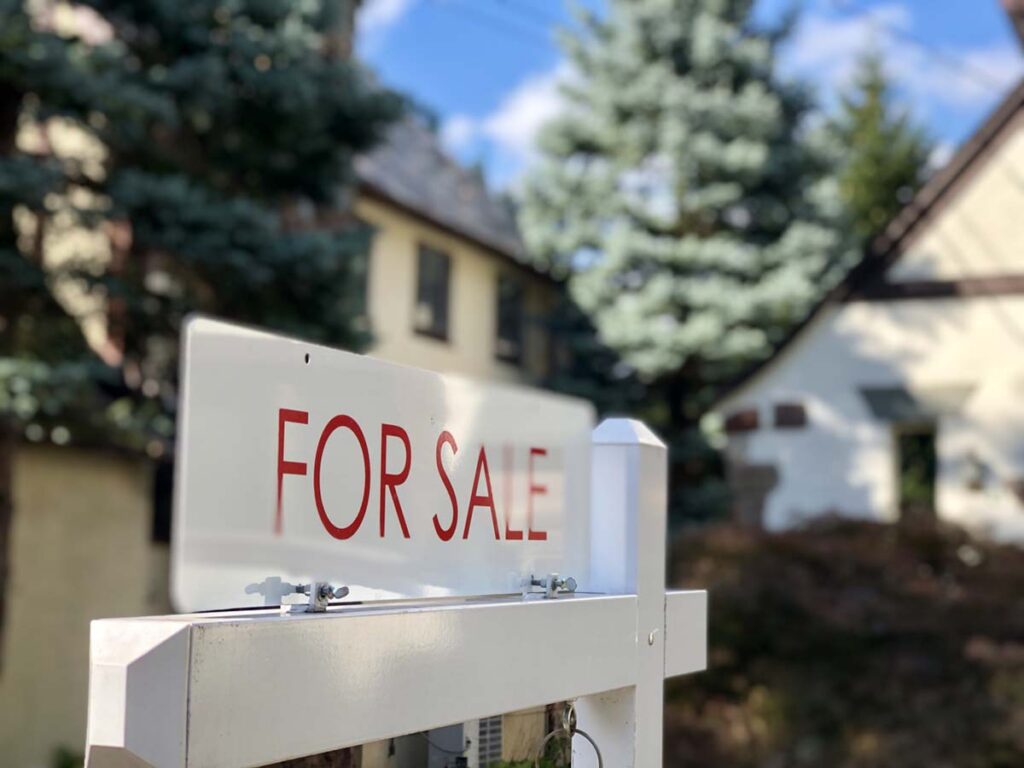Eroding bluff at Maidstone Landing is unlikely classroom for Riverhead Charter School

When the Maidstone Landing condo association in Riverhead grew concerned about the erosion of the bluff in front of their complex near Iron Pier beach, they explored two possible solutions: erecting 400 feet of concrete boulders similar to the barrier placed farther east on Long Island Sound shore , or finding a natural erosion prevention method. They chose the latter, and that decision has led to the creation of an outdoor classroom project for students at Riverhead Charter High School.
Leading up to the launch of the pilot program, the condo association held numerous meetings and conducted studies involving multiple partners, including the Hallock State Park Preserve, The Long Island Sound Study, Cornell Cooperative Extension, Suffolk County soil and water conservation district and the New York State Parks Department as well as elected officials from Riverhead and Suffolk County.
In late April, 60 students installed sand fencing and planted 800 native beach grass plugs along a 1,500-foot section at the base, or “toe,” of the bluff. The initiative cost a few thousand dollars — far less than the $500,000 that would have been required to construct a concrete barrier.
“Before the pandemic, the condo association was going to put in a rock revetment. It would have been six feet below ground, six feet above and 400 feet long. It’s a structure similar to a bulkhead to be placed parallel to the shoreline at the toe of the bluff,” said Maidstone resident Tom Mohrman. “But then some new residents said, ‘Wait a minute. Maybe there’s a natural way to do this.’ So we reached out to all the stakeholders and everyone toured the area. The Long Island Sound Study came up with the beach grass program, which may stabilize the toe of the bluff and stop the erosion.”

Mr. Mohrman hopes the whole county sees this and works together to save more area bluffs.
“In August of 2022, Tom reached out to Riverhead Charter administration to see if we could help with his project and just collaborate any way we could [like with an] outside classroom,” said Shalyse Jones, the social worker at the Charter School. “After months of getting supplies, collaborating with Tom and waiting for permits, the project was finally approved a week before Earth Day. We quickly planned transportation for the students and went down the day before Earth Day. We thought that was an appropriate time and it worked out perfectly.”
Home Depot discounted the fencing material and stakes; shovels were borrowed from the Hallock State Park Preserve. Relic Sustainability gave the students 30 baskets to help with the job of cleaning up the beach before the planting took place.
“It’s outlandish the stuff we picked up,” said 17-year-old Daniella Marroquin Contreras. “We found a syringe and lots of Styrofoam. It was frustrating to see that people party on the beach and left behind trash. It’s super careless.”
When they were planted in April, the beach grass plugs were roughly four inches high; now they’re a foot tall with root systems that typically produce about 10 offshoots and reach five feet down into the sand.
Jah’mere Jackson, 16, said his whole school loved the project. “Now, seeing the beach grass, it’s very fulfilling,” he said. “And our school has a long-lasting impact on the environment.”
Haden Lomonaco, 16, who helped install the fence, said, “It’s important because if we didn’t do anything, it would have hurt the environment and the condo.”
In addition to the erosion caused by wave action and other natural forces, four-by-four trucks driving along the base of the bluff caused vibrations that hastened erosion. Trucks backing into the bluff itself were also an issue. With the plantings and the fence, the goal now is to guide those four-wheel drivers to stay between the high and low water marks, away from the bluff.
“The fence will stay up forever so the toe of the bluff can be stabilized and the upper bluff won’t suffer any more erosion,” Mr. Mohrman said. “Thanks to the students who provided the labor, we’re revegetating the bluff inexpensively. The roots of the beach grass can grow five feet into the ground. This also protects the bluff from wind and rain and it stops people from climbing.” He added that in the most recent storms, the bluff has been resilient.
“We want our kids to have a hands-on experience and put in the work,” said Shalyse Jones, a social worker at the Charter School who organized the students. “This is phase one. We are planning to monitor the beach.”
Principal Patrick McKinney expressed support for continuing the program. “We want to be able to do this again next year. I feel that through this project, our kids learned a lot about their community,” he said.
The students were quick to agree.
“Giving back is extremely important,” said Sierra Conyers, 16. “The fence and the plantings will be here for years and so when I go to the beach, I know I was a part of this.”









